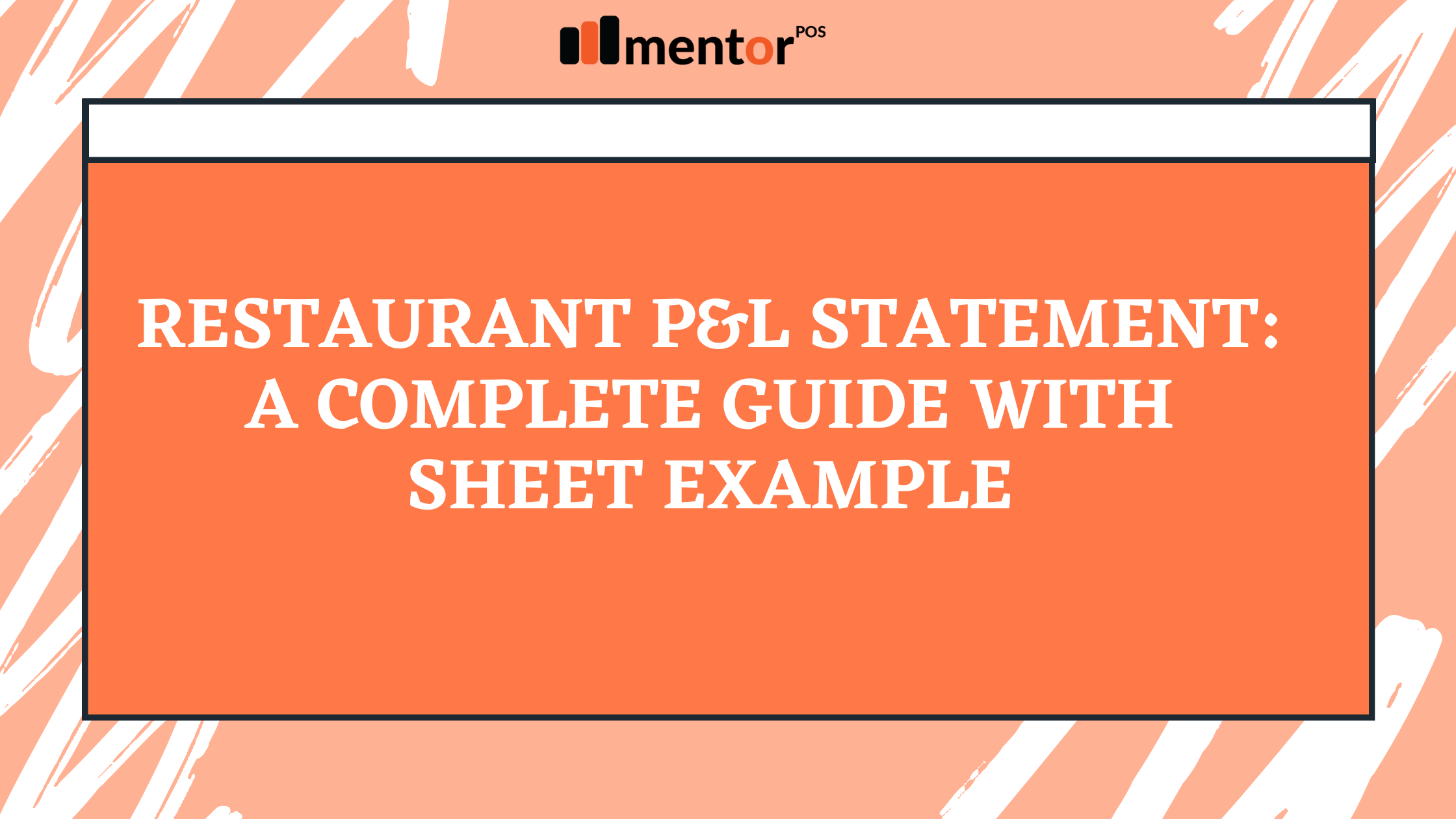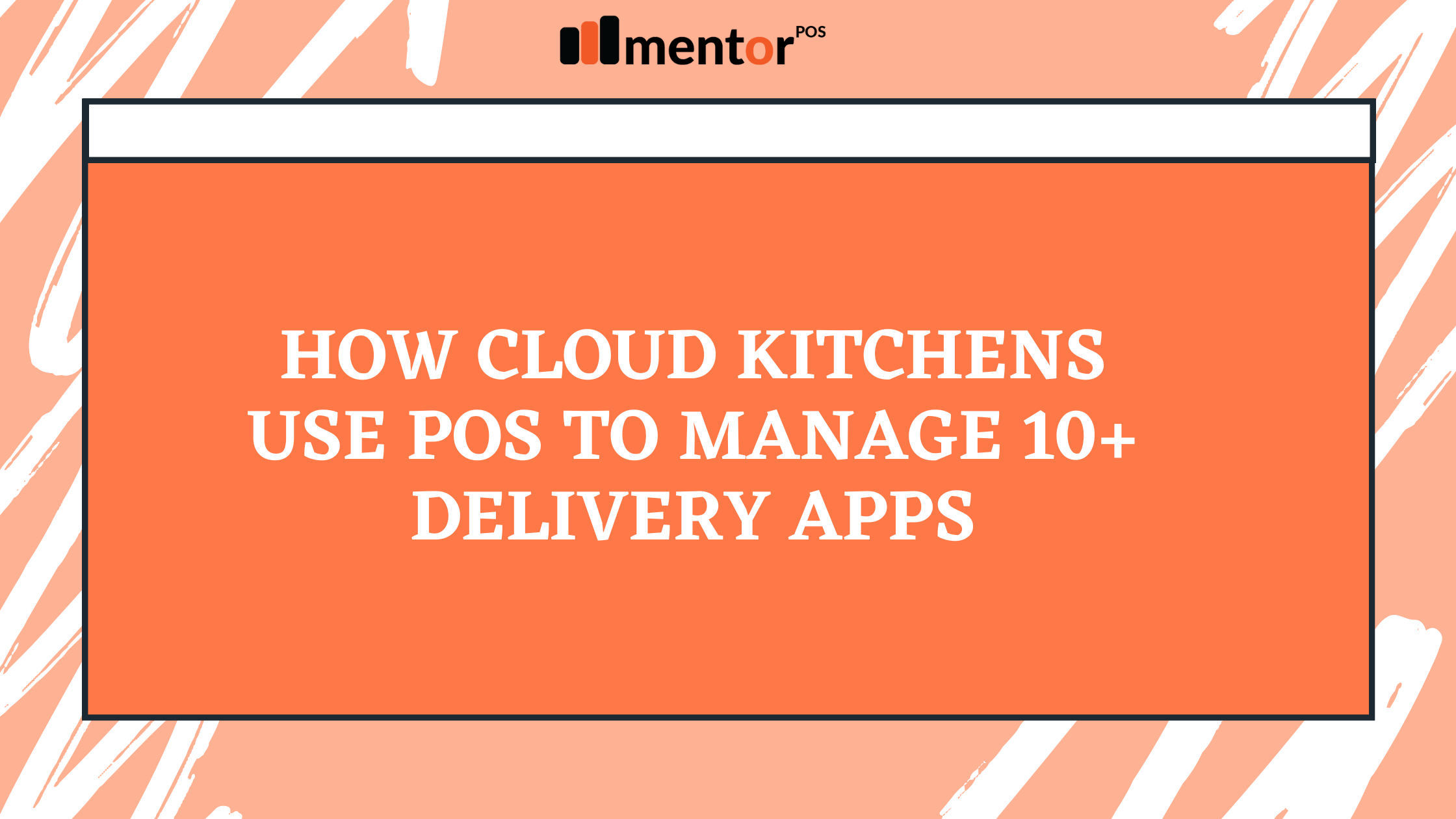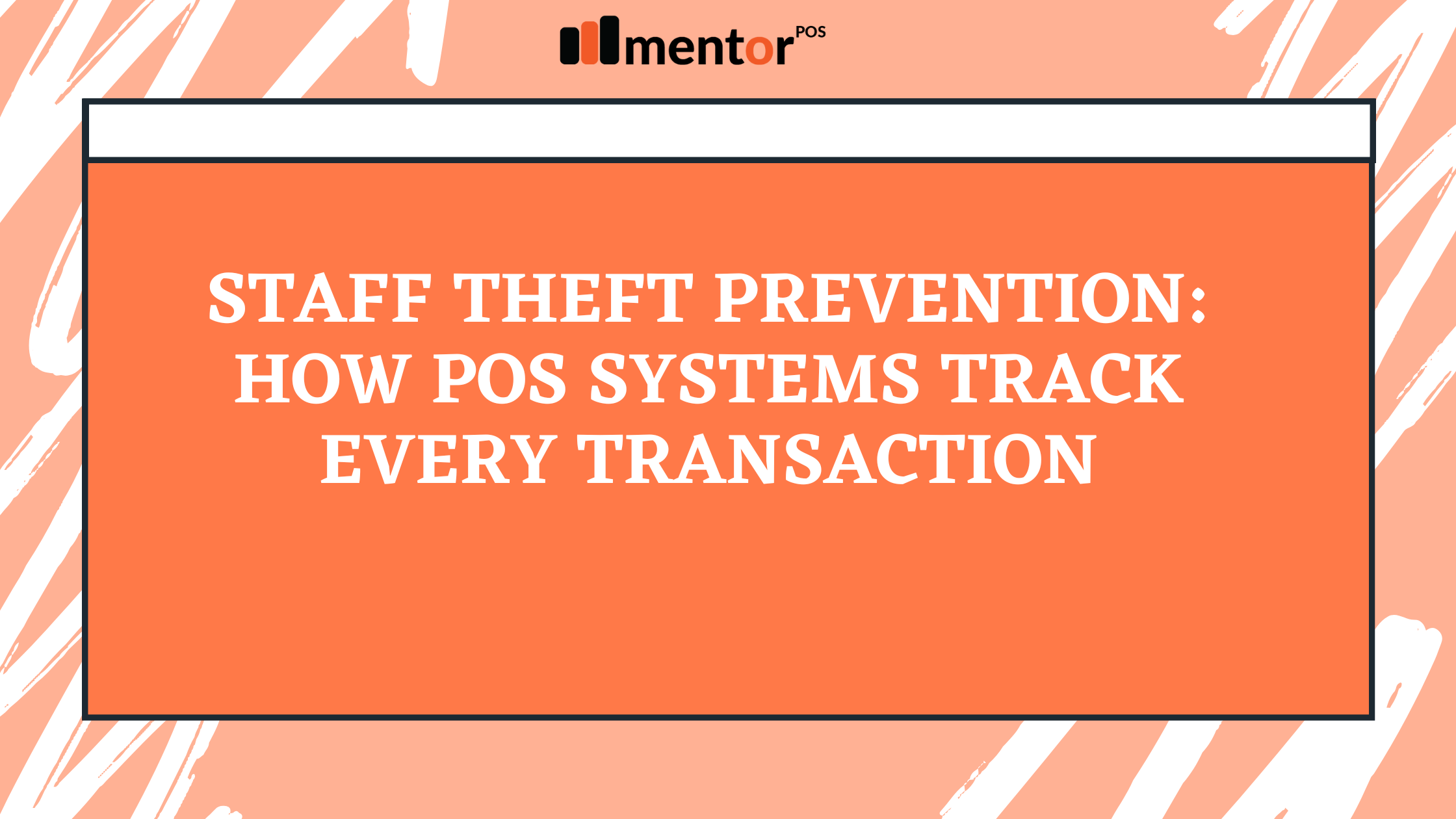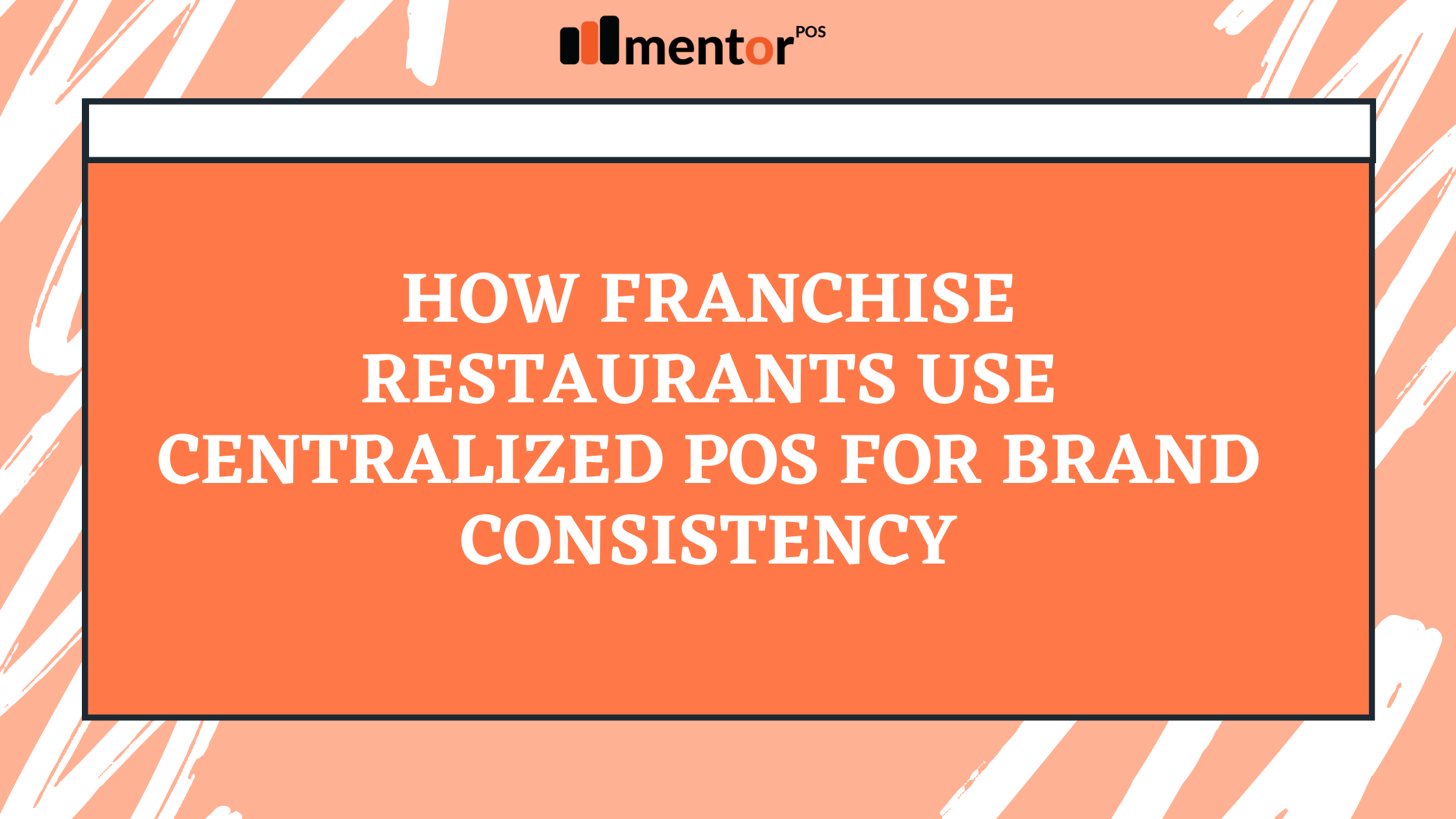Running a restaurant successfully is not just about serving great food or providing excellent service — it’s also about knowing your numbers. One of the most important financial tools every restaurant owner should understand is the Profit and Loss (P&L) Statement.
Also known as an income statement, this document gives you a clear picture of your restaurant’s financial health — helping you understand where your money comes from, where it goes, and how much profit you actually make.
In this blog, we’ll break down everything you need to know about a restaurant P&L statement — what it is, how to create one, and how to use it to make smarter business decisions.
What is a Restaurant P&L Statement?
A Restaurant Profit and Loss Statement (P&L) is a financial report that summarizes your revenues, costs, and expenses over a specific period — typically a month, quarter, or year.
It helps answer three vital questions:
- How much revenue did your restaurant generate?
- What were your operating expenses?
- What is your actual profit or loss?
Think of it as your restaurant’s “report card.” If your revenues exceed your expenses, you’re making a profit; if not, it’s time to re-evaluate your strategy.
Why Every Restaurant Needs a P&L Statement
Here’s why having a regular P&L statement is critical for restaurant management:
- Financial Clarity: It tells you exactly where your restaurant stands financially — no guesswork, no surprises.
- Cost Control: By tracking costs like ingredients, wages, and utilities, you can identify where you’re overspending.
- Performance Tracking: Compare month-over-month results to measure growth or seasonal trends.
- Investor Confidence: If you’re seeking funding or partnerships, a P&L statement shows your business credibility.
- Tax and Compliance: It simplifies tax filings and helps ensure financial transparency.
Simply put, a P&L isn’t just an accounting document — it’s your roadmap to profitability.
Key Components of a Restaurant P&L Statement
Let’s break down what goes into a standard restaurant profit and loss sheet.
1. Revenue (Sales Income)
This includes all income generated by your restaurant during the period, such as:
- Food Sales – Dine-in, takeaway, and delivery.
- Beverage Sales – Alcoholic and non-alcoholic drinks.
- Catering or Events Income – Private bookings, parties, or special events.
- Other Income – Merchandise, loyalty memberships, or franchise fees.
Your total revenue is the starting point of the P&L statement.
2. Cost of Goods Sold (COGS)
COGS represents the direct costs of preparing the food and drinks you sell. It includes:
- Raw materials (vegetables, meat, spices, condiments)
- Beverages
- Packaging materials
- Kitchen supplies
To calculate Gross Profit, use the formula:
Gross Profit = Total Revenue – COGS
Ideally, your food cost should range between 25–35% of total sales, depending on your menu and pricing strategy.
3. Labor Costs
One of the largest expenses in any restaurant, labor includes:
- Chef and kitchen staff salaries
- Waitstaff and manager salaries
- Payroll taxes and benefits
Efficient staff scheduling and payroll management (using POS-linked software like MentorPOS) can help keep this under control.
Also Read: Full Setup Guide for Newly Opening Restaurants
4. Operating Expenses
These are the indirect costs required to keep your restaurant running:
- Rent or lease
- Utilities (electricity, water, gas, internet)
- Marketing and advertising
- POS and software subscriptions
- Cleaning, linen, and maintenance
- Administrative costs
5. Depreciation and Interest
If you’ve purchased expensive kitchen equipment or taken a business loan, you’ll need to account for:
- Depreciation – Gradual wear and tear of assets like ovens or refrigerators.
- Interest Expense – Payments made on loans or credit lines.
6. Taxes
Include applicable GST, property tax, or municipal charges. Make sure all are properly documented to stay compliant.
7. Net Profit (or Loss)
Finally, calculate your Net Profit using this simple formula:
Net Profit = Total Revenue – (COGS + Labor + Operating Expenses + Taxes + Interest)
A positive number means your restaurant is profitable. A negative one means you’re operating at a loss — and it’s time to analyze where expenses can be trimmed.
Example: Restaurant P&L Statement Sheet
Here’s a simplified sample P&L sheet for better understanding:
| Category | Amount (INR) |
| Revenue | |
| Food Sales | 8,00,000 |
| Beverage Sales | 2,00,000 |
| Total Revenue | 10,00,000 |
| Cost of Goods Sold (COGS) | |
| Food Ingredients | 2,00,000 |
| Beverages | 50,000 |
| Packaging | 20,000 |
| Total COGS | 2,70,000 |
| Gross Profit | 7,30,000 |
| Labor Costs | 2,00,000 |
| Operating Expenses | |
| Rent | 80,000 |
| Utilities | 30,000 |
| Marketing | 20,000 |
| Software & POS (MentorPOS) | 10,000 |
| Cleaning & Maintenance | 15,000 |
| Miscellaneous | 10,000 |
| Total Operating Expenses | 1,65,000 |
| Depreciation & Interest | 25,000 |
| Taxes (GST etc.) | 40,000 |
| Total Expenses | 6,00,000 |
| Net Profit | 4,00,000 |
This simple sheet can be expanded into a monthly or quarterly tracker, giving you deeper insights into your restaurant’s performance.
How MentorPOS Helps Manage Restaurant Finances
Manually tracking all this data can be time-consuming and error-prone. That’s where MentorPOS comes in.
Our all-in-one restaurant management system automatically tracks your sales, COGS, and expenses — generating real-time reports that can be directly exported into your P&L sheet.
With MentorPOS, you can:
- Monitor daily, weekly, and monthly profits effortlessly.
- Get automated expense and sales analytics.
- Integrate inventory and staff costs seamlessly.
- Access reports remotely from your dashboard.
Whether you run a single outlet or multiple branches, MentorPOS ensures you always know where your money is going — and how much is coming in.
Conclusion
A Restaurant P&L Statement is more than a financial report — it’s a mirror that reflects your business’s true performance. By regularly maintaining and reviewing your P&L, you can control costs, improve profit margins, and make data-driven decisions for long-term growth.
And with smart POS solutions like MentorPOS, the process becomes automatic — saving time, eliminating errors, and keeping your financials transparent and up to date.
Because running a successful restaurant isn’t just about serving delicious meals — it’s about mastering the balance between passion and profit.







